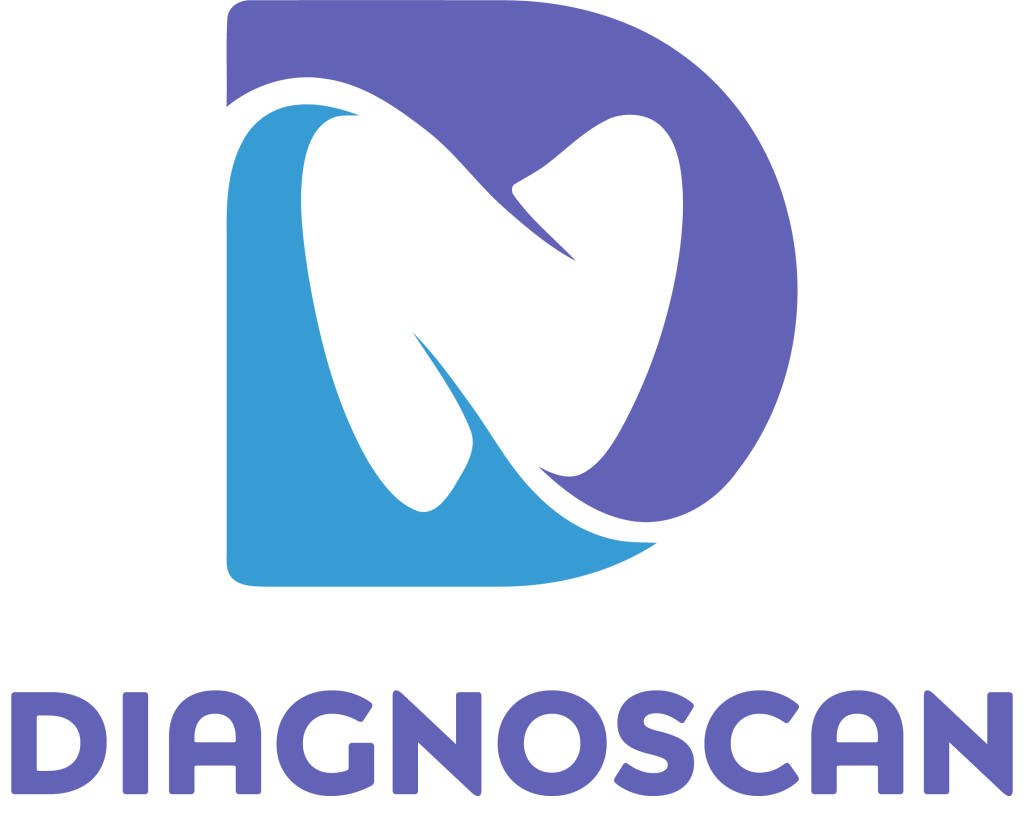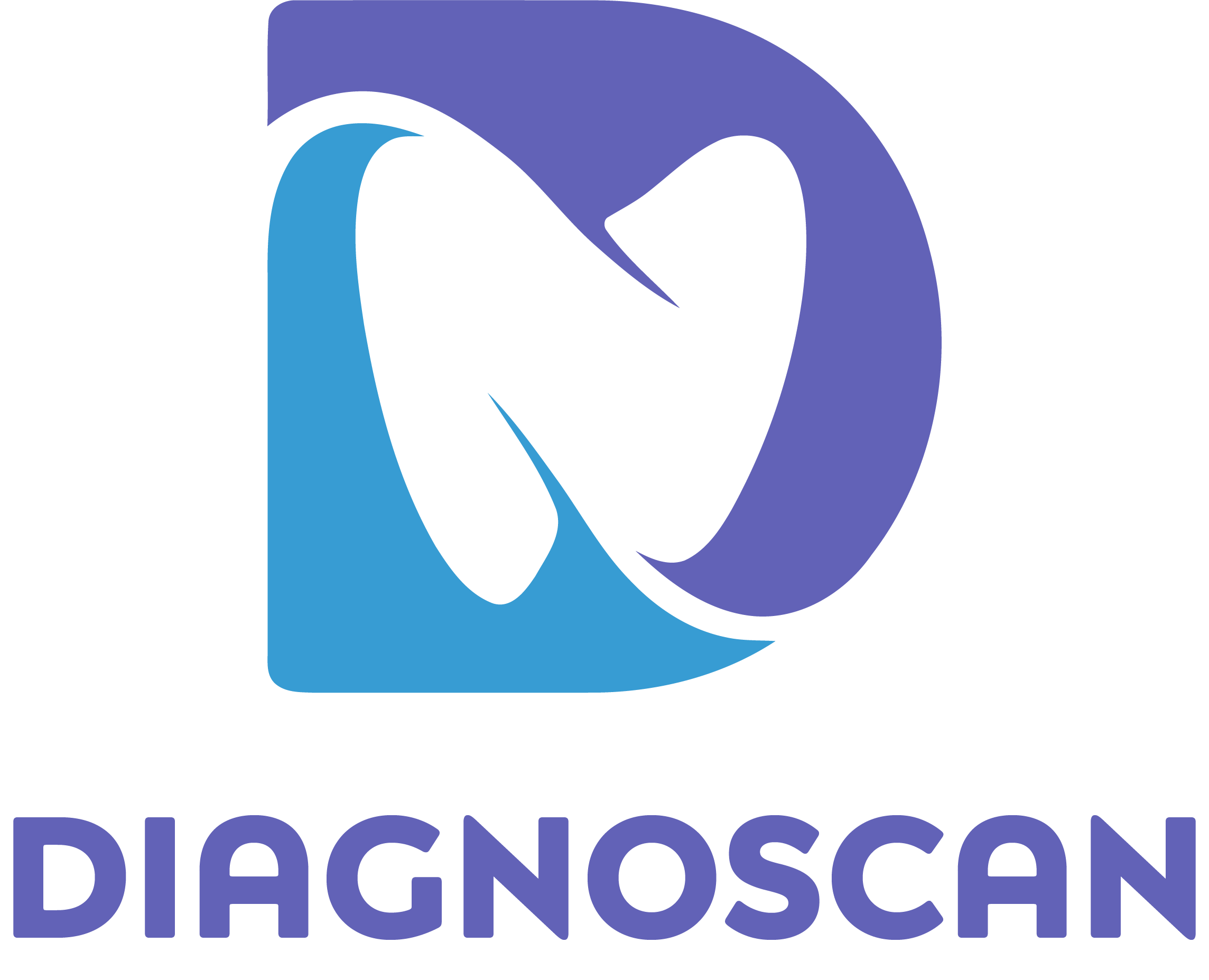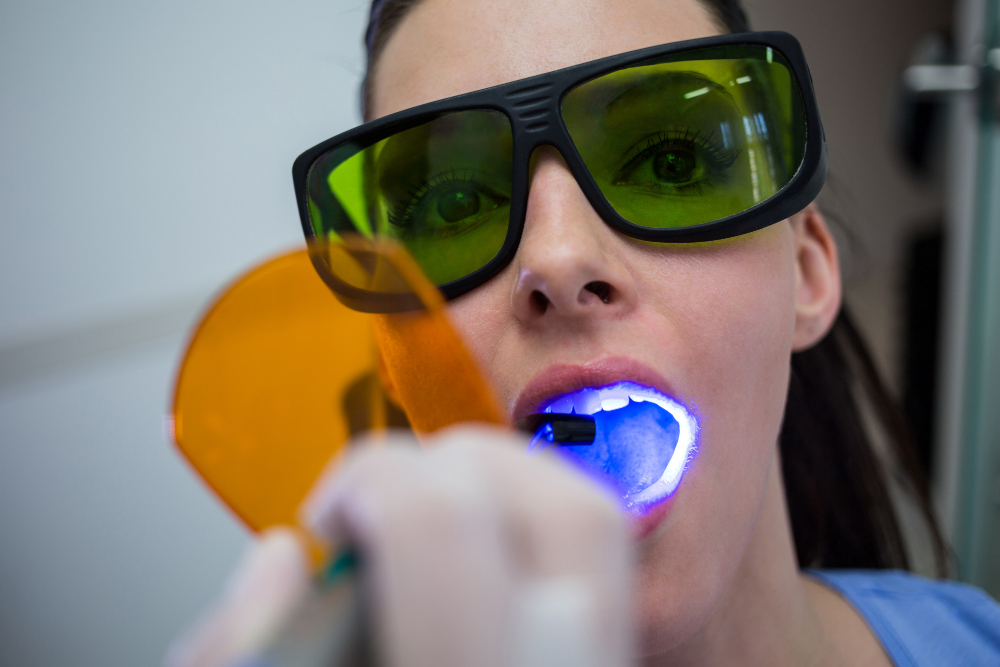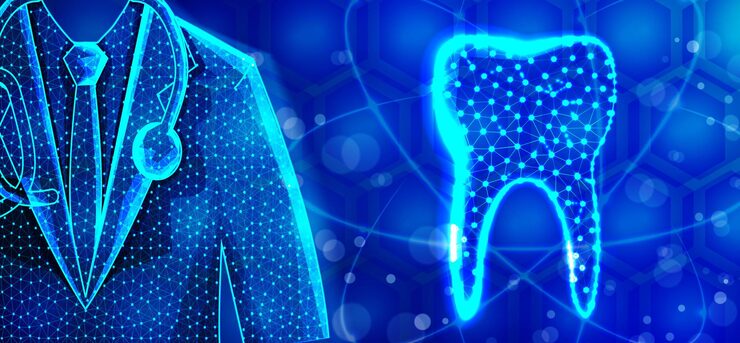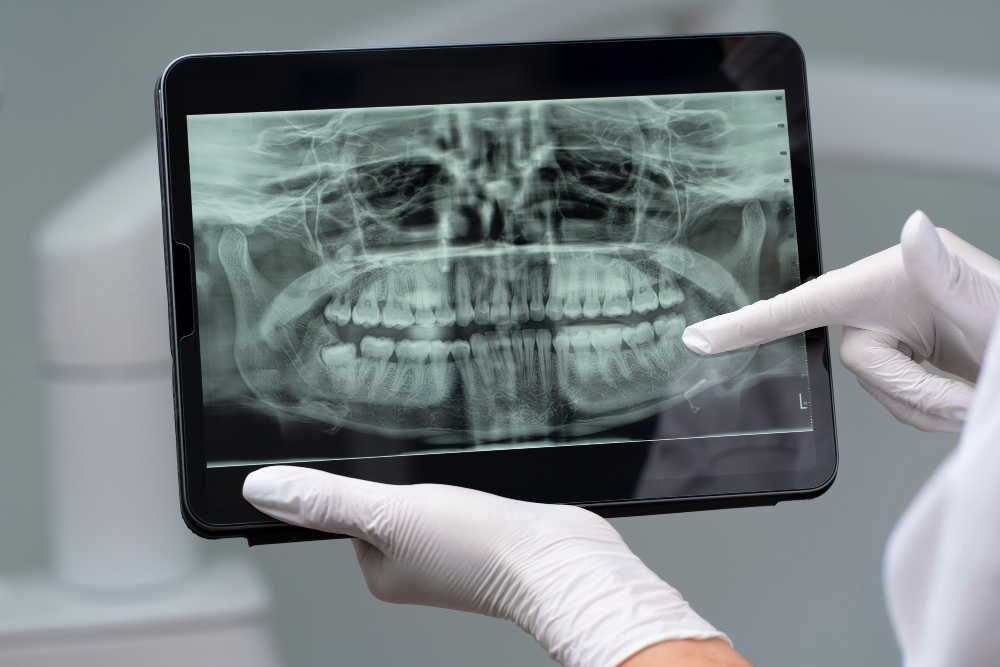Optical imaging is not a tech trend, it’s a paradigm shift in dental diagnosis. For diagnoses as tricky as cracked tooth syndrome, believing the science of light-scattering with innovative dental diagnostic technology is both evidence-driven and practice-enriching. As technology like Diagnoscan becomes more integrated into clinic routines, the standard for early, accurate, and radiation-free diagnosis is significantly elevated. The science of dental microfracture detection not only elevates patient care but redefines the practice of conservative dentistry. For progressive clinicians, investing in optical innovation is no longer optional, it’s obligatory.
Foundations of AI in Dental Imaging
Artificial intelligence, particularly machine learning (ML), allows systems to recognize sophisticated patterns within clinical data. In AI dentistry, these models learn from thousands of annotated dental images and, as a result, can classify decay, recognize periodontal disease, or spot anomalies with the precision of trained professionals. When combined with smart diagnostic tools, AI systems can highlight early indicators of enamel demineralization, microfractures, or root pathology, problems usually overlooked in manual inspections. A study in Nature Biomedical Engineering (2023) demonstrated convolutional neural networks performing better than radiologists at detecting early-stage caries. Tools like Diagnoscan, though not exclusively AI, are designed with AI-ready infrastructure, making future integration possible for AI-augmented interpretation of transillumination data.
IoT Dental Systems and Connected Diagnostics
The emergence of IoT dental systems has introduced an additional layer of intelligence into imaging workflows. These systems enable smart diagnostic tools to interact with practice management software, cloud databases, and mobile applications. For instance, a patient’s diagnostic scan can sync immediately with their digital record, facilitating remote analysis or second opinions. In mobile units or rural clinics, IoT dental systems help close the access gap by facilitating diagnostics even without radiographic equipment. Diagnoscan’s architecture includes real-time data transmission and local storage, establishing the groundwork for remote monitoring and tele-dentistry. The integration of Diagnoscan into digitally mature clinics is assisting in redefining how care is delivered, making it quicker, more collaborative, and less location-dependent.
Smart Diagnostic Tools in Preventive Dentistry
The move towards prevention demands precise, early detection, which is something that smart diagnostic tools are uniquely positioned to provide. They leverage AI-powered alerts, pattern detection, and light-based diagnostics to identify dental tissue changes prior to symptom onset. A study in 2024 published in Frontiers in Dental Technology reported that clinics that employed AI-augmented devices had 40% fewer invasive procedures. By merging the benefits of AI in dentistry and non-ionizing imaging, clinicians can intervene earlier, educate patients more effectively, and prevent overtreatment. Diagnoscan is a perfect example of this merger: although it relies on light physics to generate images, it is designed to adapt as AI applications develop, with a view to remaining current in a rapidly evolving tech landscape.
Ethical and Technical Challenges in Smart Dentistry
For all its potential, the use of AI in dentistry also presents legitimate concerns. Data confidentiality, bias in algorithms, and over-reliance on automation by clinicians are issues that continue to face us. In the meantime, IoT dental systems need to be hardened against cyber threats in order to safeguard sensitive patient data. Scientific communities and regulatory bodies are working to develop standards and validation procedures for smart diagnostic tools. Tools such as Diagnoscan, now used under practitioner supervision, offer a template for ethical adoption, whereby technology augments, but does not replace, clinical judgement. Peer-reviewed protocols now offer guidance on safe AI integration, as described by the European Society of Digital Dentistry (2023).
Future Trends in AI-Powered Dental Devices
The future of diagnostics is in multimodal AI systems, those that integrate imaging, voice, and behavioral data to create comprehensive assessments. For instance, merging AI voice assistants with IoT dental systems can potentially provide real-time treatment recommendations during exams. Further, AI in dentistry is starting to look into generative models that can mimic long-term results of untreated issues. In these scenarios, smart diagnostic tools will not only function as scanners but as digital collaborators. Diagnoscan’s infrastructure, set up for real-time imaging, data storage, and algorithm integration, positions it as a probable candidate for such next-gen uses. The dental office of the future will be intelligent, connected, and predictive, and the groundwork is being established today.
Conclusion
The integration of AI into dentistry is no longer a choice, it’s a strategic necessity. From diagnosis through treatment planning, the use of artificial intelligence and smart diagnostic tools will only increase. As IoT dental systems provide effortless integration and remote access, the role of the clinician is enhanced, not reduced. Diagnoscan, with its smart design and AI-ready architecture, provides a glimpse into what’s possible. This is not simply technological advancement, it’s the roadmap to a new standard of dentistry where decisions are data-informed, timely, and profoundly personalized. To remain at the forefront means to know and utilize these tools, not for competitive edge alone, but for improved patient results.
